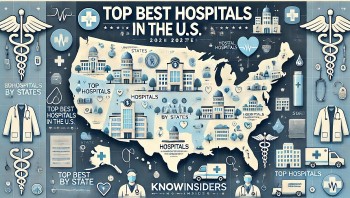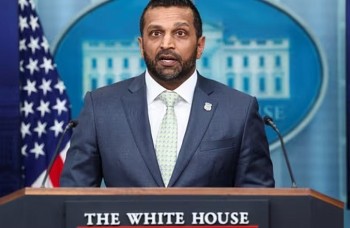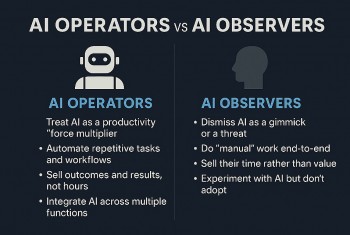Who Rules the Skies? Top 10 Aircraft Manufacturers by Market Cap in 2025
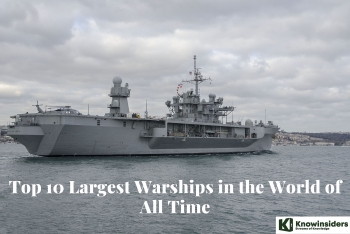 Top 10 Largest Warships/Aircraft Carriers of the World in History Top 10 Largest Warships/Aircraft Carriers of the World in History |
 Top 10 Largest Commercial Aircraft Manufacturers Ranked by Number of Jet in Service in 2025 Top 10 Largest Commercial Aircraft Manufacturers Ranked by Number of Jet in Service in 2025 |
 |
| Top 10 Largest Aircraft Manufacturers by Market Cap in 2025 |
The global aircraft manufacturing industry has experienced significant shifts over the past decade, influenced by technological advancements, geopolitical dynamics, and evolving market demands.
As we navigate through 2025, it's imperative to recognize the leading players in this sector, ranked by market capitalization—a metric reflecting the total market value of a company's outstanding shares.
This article delves into the top 10 aircraft manufacturers, providing insights into their histories, headquarters, product offerings, and recent developments.
Read more: Top 10 Countries with the Largest Military Aircraft Fleet as of 2025
1. Airbus SE
-
Founded: 1970
-
Headquarters: Leiden, Netherlands (Operational HQ in Toulouse, France)
-
Market Capitalization: $136.5 billion
-
Overview: Airbus has solidified its position as the world's leading aircraft manufacturer, renowned for its comprehensive range of commercial airliners, including the A320, A350, and the iconic double-deck A380. Beyond commercial aviation, Airbus has a significant presence in defense and space sectors, producing military transport aircraft like the A400M and contributing to satellite systems. The company's commitment to innovation is evident in its investment in sustainable aviation technologies, such as the development of hydrogen-powered aircraft.
2. Honeywell International Inc.
-
Founded: 1906
-
Headquarters: Charlotte, North Carolina, USA
-
Market Capitalization: $130.9 billion
-
Overview: Honeywell is a diversified conglomerate with a substantial footprint in aerospace systems. The company specializes in avionics, propulsion engines, and auxiliary power units, serving both commercial and defense markets. Honeywell's innovations include advanced cockpit systems and environmental control technologies, enhancing aircraft performance and passenger comfort. Its global reach and continuous investment in research and development have cemented its role as a key supplier in the aerospace industry.
3. The Boeing Company
-
Founded: 1916
-
Headquarters: Chicago, Illinois, USA
-
Market Capitalization: $121.1 billion
-
Overview: Boeing remains a cornerstone of the aerospace industry, producing a wide array of aircraft such as the 737, 777, and 787 Dreamliner. The company also has a robust defense segment, manufacturing military aircraft like the F-15 and the KC-46 tanker. Despite facing challenges in recent years, including production delays and safety concerns, Boeing continues to focus on innovation and recovery strategies to maintain its competitive edge.
4. Raytheon Technologies Corporation
-
Founded: 2020 (Merger of Raytheon Company and United Technologies Corporation)
-
Headquarters: Waltham, Massachusetts, USA
-
Market Capitalization: $120.6 billion
-
Overview: Raytheon Technologies is a powerhouse in aerospace and defense, offering advanced technologies in avionics, cybersecurity, and missile defense systems. Its subsidiaries, Pratt & Whitney and Collins Aerospace, are leaders in aircraft engine manufacturing and aerospace components, respectively. The company's diversified portfolio and strategic mergers have positioned it as a formidable player in both commercial and military aviation sectors.
5. Lockheed Martin Corporation
-
Founded: 1995 (Merger of Lockheed Corporation and Martin Marietta)
-
Headquarters: Bethesda, Maryland, USA
-
Market Capitalization: $104.6 billion
-
Overview: Lockheed Martin is globally recognized for its defense and aerospace technologies, producing advanced military aircraft such as the F-35 Lightning II and the C-130 Hercules. The company also engages in space exploration initiatives, contributing to satellite development and deep space missions. Its focus on cutting-edge technology and strategic defense contracts underscores its pivotal role in global security.
6. Safran SA
-
Founded: 2005 (Merger of Snecma and Sagem)
-
Headquarters: Paris, France
-
Market Capitalization: $89.8 billion
-
Overview: Safran is a multinational aerospace and defense company specializing in aircraft engines, landing gear, and avionics. Through its joint venture with General Electric, CFM International, Safran produces the LEAP engine, known for its fuel efficiency and reduced emissions. The company's commitment to innovation and sustainability has made it a key supplier for major aircraft manufacturers worldwide.
7. Northrop Grumman Corporation
-
Founded: 1994 (Merger of Northrop Corporation and Grumman Corporation)
-
Headquarters: Falls Church, Virginia, USA
-
Market Capitalization: $68.9 billion
-
Overview: Northrop Grumman focuses on aerospace and defense technologies, renowned for developing the B-2 Spirit stealth bomber and the forthcoming B-21 Raider. The company also provides cybersecurity solutions and unmanned systems, playing a critical role in modern defense strategies. Its emphasis on stealth technology and autonomous systems highlights its forward-thinking approach in the defense sector.
8. TransDigm Group Incorporated
-
Founded: 1993
-
Headquarters: Cleveland, Ohio, USA
-
Market Capitalization: $64.8 billion
-
Overview: TransDigm designs and produces engineered aerospace components, including ignition systems, valves, and cockpit security devices. Serving both commercial and military markets, the company's focus on proprietary products and aftermarket services has driven its growth and profitability. Its strategic acquisitions and emphasis on high-margin components have solidified its niche in the aerospace supply chain.
9. BAE Systems plc
-
Founded: 1999 (Merger of British Aerospace and Marconi Electronic Systems)
-
Headquarters: London, United Kingdom
-
Market Capitalization: $49.0 billion
-
Overview: BAE Systems is a defense, security, and aerospace company involved in developing military aircraft, naval vessels, and cybersecurity solutions. Notable projects include the Eurofighter Typhoon and participation in the F-35 program. The company's focus on advanced defense technologies and international partnerships underscores its role in maintaining global defense readiness. BAE Systems also plays a strategic role in next-generation fighter jet initiatives, including the UK-led Tempest program, reflecting its long-term vision and integration of AI, stealth, and hypersonic technologies into future aircraft platforms.
10. Rolls-Royce Holdings plc
-
Founded: 1906
-
Headquarters: London, United Kingdom
-
Market Capitalization: $41.4 billion
-
Overview: Rolls-Royce is one of the world’s most respected names in aircraft engine manufacturing. Its Trent engine series powers major long-haul commercial jets including the Airbus A350 and Boeing 787. The company also serves military, marine, and energy sectors. In recent years, Rolls-Royce has doubled down on innovation in sustainable aviation fuel (SAF), electric propulsion, and small modular nuclear reactors, positioning itself for leadership in a low-carbon aerospace future.
Global Aircraft Industry in 2025 and Beyond
 |
| Top 10 Largest Aircraft Manufacturers by Market Cap in 2025 |
The aerospace sector is in recovery and transition. While the shadow of the pandemic lingered into the early 2020s, a strong rebound in global air travel and rising defense budgets have revived demand. In 2025, the industry continues to navigate challenges—supply chain fragility, labor shortages, and regulatory pressures—but there’s momentum behind innovation.
Key trends shaping the future:
-
Sustainability: OEMs are investing heavily in SAF, hybrid-electric propulsion, and emissions reduction technologies.
-
Automation & AI: Autonomous flight systems and predictive maintenance are gaining traction.
-
Defense Spending: Rising geopolitical tensions are fueling new defense contracts, especially in Europe and the Indo-Pacific.
Despite economic headwinds, long-term prospects remain strong. By 2030, the global aircraft industry is projected to surpass $140 billion in annual revenue.
FAQs
Q1: What is the main criterion used to rank these manufacturers?
A: The list is ranked by market capitalization as of Q1 2025, reflecting the total value of a company's outstanding shares.
Q2: Why are some defense companies included in a list about aircraft manufacturers?
A: Many top defense contractors like Lockheed Martin and BAE Systems produce advanced military aircraft, contributing significantly to global aerospace output.
Q3: What’s driving growth in the aircraft manufacturing industry in 2025?
A: Recovery in commercial air travel, rising global defense budgets, and technological innovation—especially in sustainable aviation—are key growth factors.
Q4: Are electric aircraft becoming mainstream?
A: Not yet, but investment in electric and hybrid propulsion is accelerating. Commercial electric aircraft are expected to enter regional service later this decade.
Q5: Which company is leading in sustainable aviation technology?
A: Airbus and Rolls-Royce are among the leaders, with significant R&D into hydrogen-powered aircraft and SAF-compatible engines.
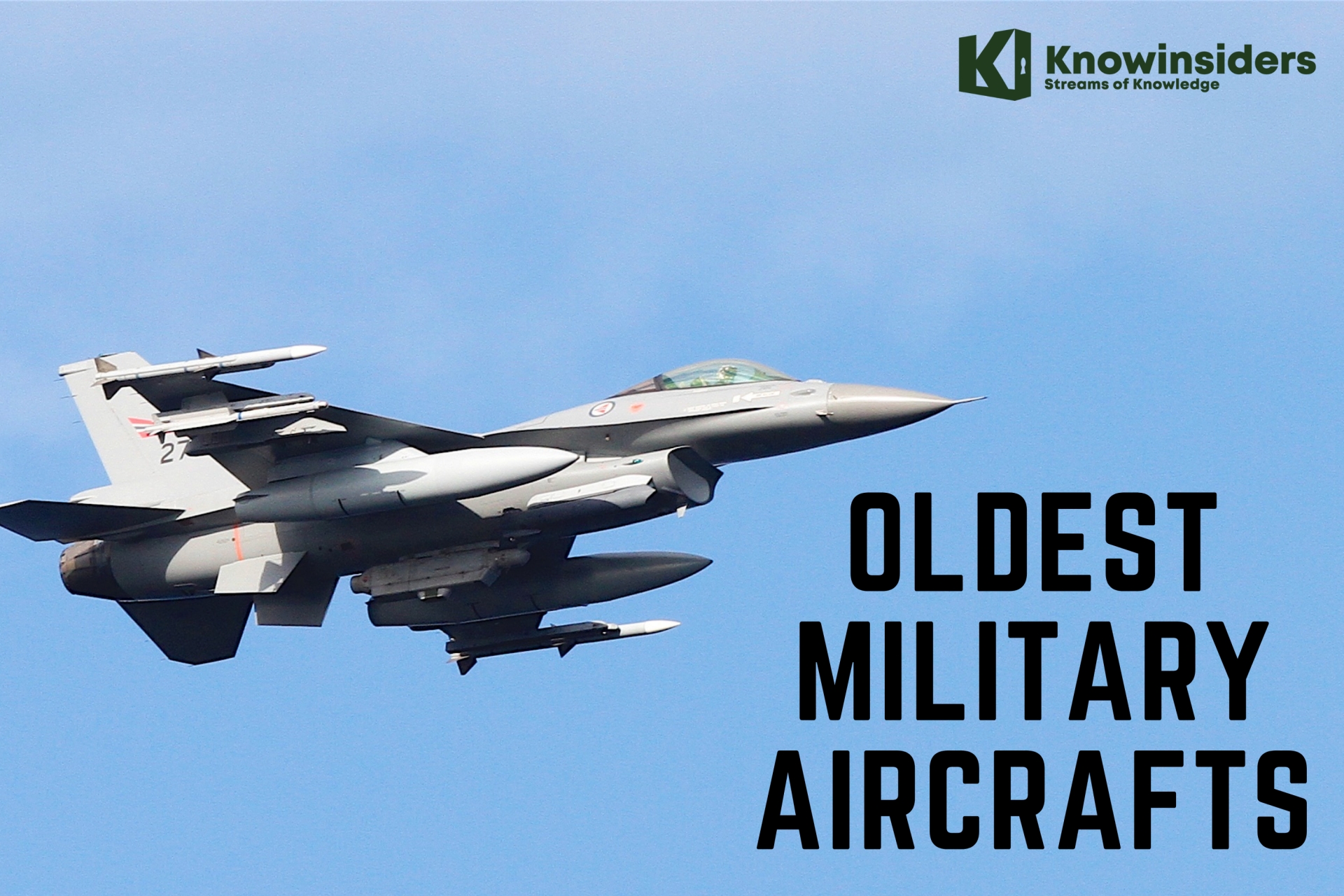 Top 10 Oldest Military Aircrafts In Service Top 10 Oldest Military Aircrafts In Service Check out a list of 10 oldest military aircrafts that have been in service for over half a century. |
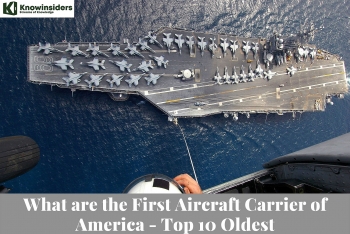 What are the First Aircraft Carrier of America - Top 10 Oldest What are the First Aircraft Carrier of America - Top 10 Oldest This article collected the name of each oldest aircraft carrier manufactured in America and when it was commissioned. |
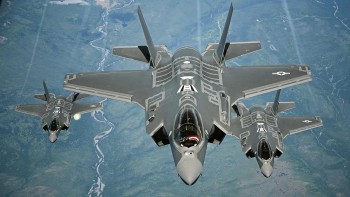 Top 5 Most Popular American Fighter Jets: Facts About the Nicknames Top 5 Most Popular American Fighter Jets: Facts About the Nicknames The manufacturers have given each type of combat aircraft used by the US military a full and impressive name. They all have unique nicknames, though, ... |
 Top 10 Largest Warships/Aircraft Carriers of the World in History Top 10 Largest Warships/Aircraft Carriers of the World in History Continue reading to learn about the biggest ships or Aircraft Carrier in the world—you'll be astonished by how big these enormous vessels are! |














